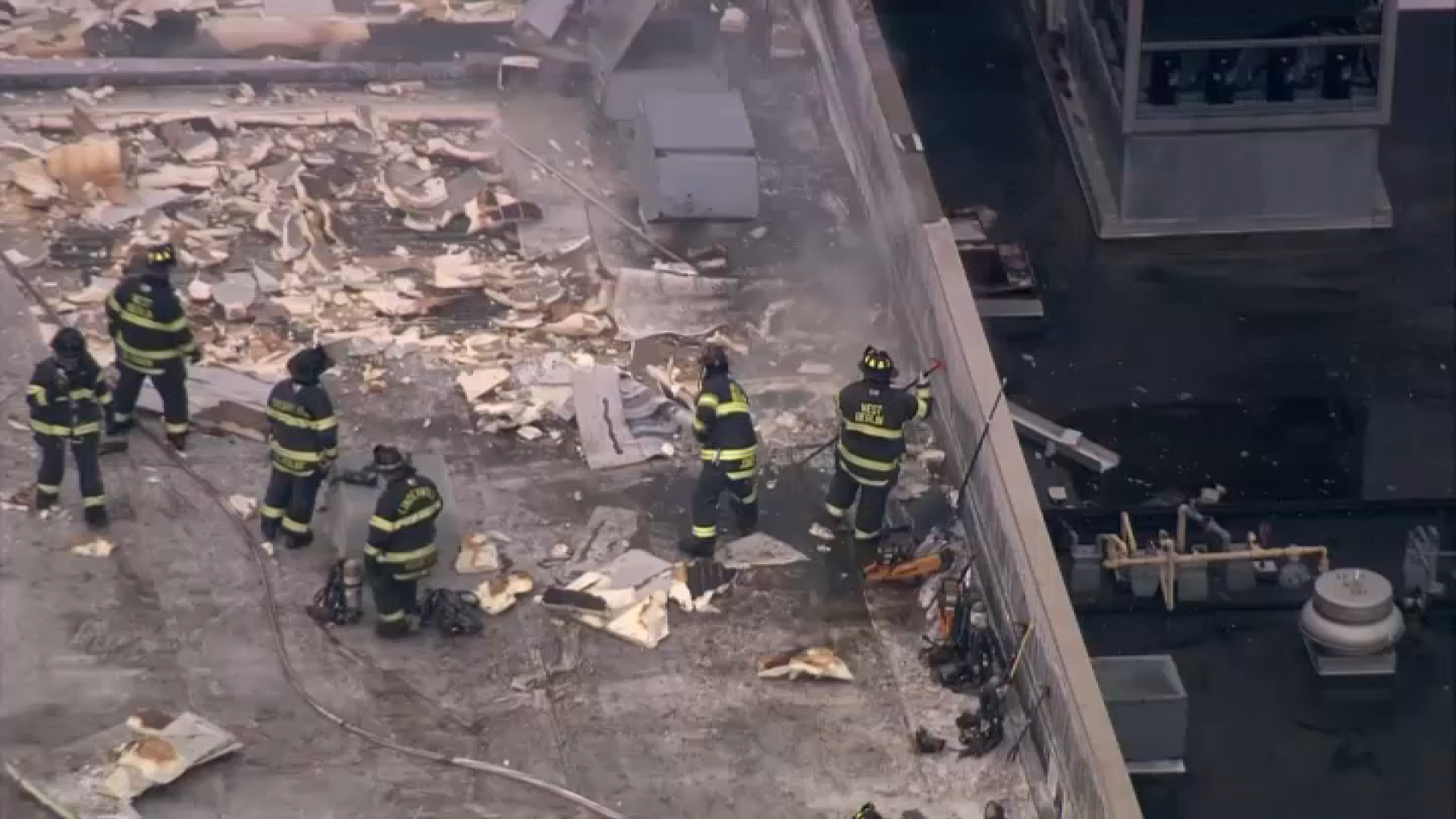This is from the National Weather Service national center in DC…today.....
“DANGEROUS HURRICANE/POST-TROPICAL CYCLONE SANDY IS LIKELY TO
SPREAD HIGH WINDS/HEAVY RAINS….”
And
“THE DETERMINISTIC GUIDANCE SHOW PRESSURE SOLUTIONS WELL BEYOND WHAT HAS EVER BEEN OBSERVED NEAR THE NEW JERSEY/NEW YORK COAST (EVEN EXCEEDING THE 1938 LONG ISLAND EXPRESS HURRICANE)”
That second quote is quite striking. The lower the pressure, the stronger the storm, so, if some of the computer models are right, Sandy could be the strongest storm we’ve ever seen in this part of the country.
The headline gets a little more ominous each day, and this makes sense, since the threat for the East Coast has increased each day.
But how can we say that? Sandy has continuously weakened in the past day. It’s not that simple. The low pressure is just one factor-the high pressure is important, too, and often overlooked. It’s the difference in pressure between the high and low that helps determine the wind speed. Actually, I would say high pressure is the main reason for the freakish storm track Sandy will take.
Look at the tracks of hurricanes in October near Sandy’s current location.

There’s not a SINGLE track that even comes close. So, it takes a very unusual weather pattern to cause the left turn in the track that is predicted.
With its slower movement, that could mean more hours of rain overall, but a later start this weekend of the significant rain. Here’s the latest rain forecast from the NWS in DC:

CONCLUSION
There now seems little doubt that our area will be seriously affected by Sandy (or the remnants of Sandy as a nor’easter). The possible landfall area has narrowed steadily. If it tracks just south of us, the Delaware and New Jersey coasts will see the maximum damage, especially if the center crosses the coast near high tide. A track just north of us will limit the number of hours of onshore wind.
This will probably not be one of those storms that weakens as soon as it makes landfall. Nor’easters aren’t like that. Especially if it is strengthening as it hits, it will stay strong for many more hours. This means strong and possibly damaging winds well inland, covering our entire area.
The slow movement predicted by NHC after landfall could mean a couple of days more of rain in some areas, plus windy conditions that last much of the week.
Local
Breaking news and the stories that matter to your neighborhood.
Complications are the full moon on Oct. 29, which will make any coastal flooding worse. And leaves will be a problem. Those still on trees will make it easier for some to come down, causing more power outages. Leaves on the roads will make it extra slippery. And other leaves will clog storm drains.
Air travel will be a nightmare, with flights canceled from DC to Boston, with many more big delays.



